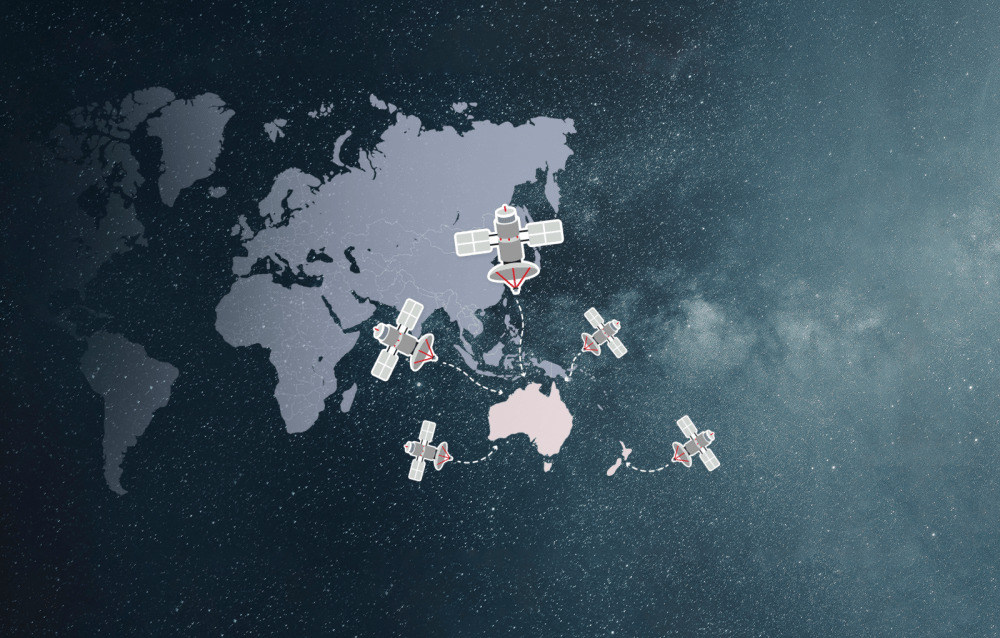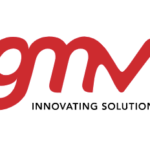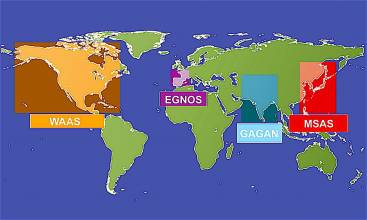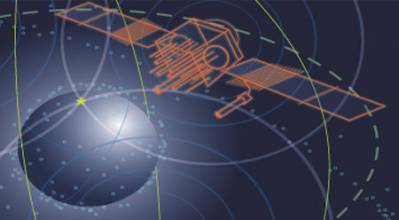GMV and Lockheed Martin have plans to develop a global satellite based augmentation system (SBAS), changing the model for how navigation and precise point positioning (PPP) services are received.
Rather than each region developing and maintaining separate services, the goal is to have just one independent company providing the fee-based service worldwide. Discussions about the possibility began in 2015, with an initial focus on the Asian Pacific area.
The companies have taken the first step toward that goal with their participation in the new Southern Positioning Augmentation Network system, or SouthPAN, which will bring SBAS for navigation and PPP services to Australia and New Zealand. They join the list of countries and regions that already have SBAS systems, including the U.S. (WAAS), Europe (EGNOS), India (GAGAN) and Japan (MSAS).
The project is a joint initiative of the Australian and New Zealand governments, with SouthPAN becoming the first such system available in the Southern Hemisphere. GMV recently signed an agreement with Lockheed Martin to develop the processing and control centers as well as to provide ongoing maintenance for the system.
“We made some noise about the global SBAS concept at different conferences,” GMV Director of Navigation Augmentation Systems and Services José Caro said. “It was in 2017 that the Australian and New Zealand governments organized a test bed project to assess the benefit of having an SBAS system complemented with PPP in that region.”
The Australian government prepared a cost benefit assessment to estimate the benefit of having such a system in the region—and it turned out to be $7.6 billion Australian dollars over 30 years, Caro said. The Australian government decided to move forward with the project, launching a call for tenders in 2020 just before the pandemic lockdowns. A consortium led by Lockheed Martin was granted the contract in September 2022.
“This is the first stone on the way to this global SBAS,” Caro said, “so the project is of great importance for Lockheed Martin and GMV. It goes beyond having the infrastructure working successfully. You can imagine the commitment that goes with this project is total. We are really seeking the global SBAS concept.”
GMV’s role
In the late 1990s, GMV was charged with developing the corrections processing facility as well as other components for EGNOS, which is now in its second generation. GMV then went on to develop its own suite of SBAS products in 2005, investing in tools and prototypes the company uses in demonstrations in different regions of the world, such as South America, Central America and South Africa, to show what an SBAS system could achieve.
Much like with EGNOS, GMV will develop the Corrections Processing Facility (CPF) and the Ground Control Centre (GCC) for SouthPAN, Caro said.
The corrections subsystem for SouthPAN will collect information from the reference stations to determine if any satellite information is wrong and should be excluded, he said. The facility also provides additional corrections to estimate orbit and clock bias and the delay the GNSS signal experiences when going through the ionosphere.
More important than correcting or estimating these delays or errors that contribute to accuracy, Caro said, is the level of confidence users can put in the corrections.
“When users apply the corrections information generated by the SBAS system on top of the information received from the GNSS satellite,” Caro said, “they are able to build a cylinder around the estimated position so that the likelihood of the user location being outside the cylinder is very small, in the range of 10 to minus 7.”
This cylinder is what allows the information generated from SBAS to be used in civil aviation, he said. Such safety-of-life services should be available via SouthPAN in 2028 approximately. The system also generates PPP information, a new feature for SBAS, that with some convergence time can provide very good accuracy. This service targets other user communities beyond aviation.
GMV is charged with developing the ground control center as well, which will monitor the SouthPAN system’s entire infrastructure. It will operate 24 hours a day, 7 days a week, performing all the functions needed to control SouthPAN. The facility will conduct maintenance activities, assist in planning those activities and ensure services are not interrupted. It will also provide information to users about the system’s operation and availability of its services.
The timespan of the entire project is about 19 years, Caro said, and it’s critical to ensure the stability of the services.
“We are in charge of assessing the performance of the system and computing the associated KPIs,” Caro said. “We also have to maintain the infrastructure that we are deploying in the system, essentially the two subsystems, the corrections processing facility and the ground control center. We’ll provide general engineering support as well.”
A significant step forward
With SouthPAN, Australia and New Zealand will contribute to improved global coverage and interoperability for navigation and PPP services. SouthPAN will boost the economy for both countries, providing a digital infrastructure for the future.
Beyond the critical safety of life applications, SouthPAN will benefit users in a variety of applications, including agriculture, road, air, maritime, construction and rail transportation.
“We are essentially providing three different kinds of services with SouthPAN. So there is the L1 SBAS service that is the legacy SBAS currently being provided in the USA or Europe, also in India or in Japan. This service would be provided in two different ways, safety of life and open service.” Caro said. “We’re also providing PPP corrections that will be broadcast in the same band used in GNSS. What that means is users will be able to use all the services without the need for accessing any land communication system, so all these corrections can be accessed in remote areas without a mobile telephone or ground infrastructure. So, in general, all the users of satellite navigation will take benefit of SouthPAN.”
What’s next
GMV is currently working on system development and has already provided preliminary services, Caro said. Several steps must be taken over the next several years for all the services to be declared operational, and the company is currently ramping up its team to make that happen.
With more than 600 GNSS engineers onboard and with the company having previous experience with SBAS, the team at GMV is up to the task. They will work in close communication with partner Lockheed Martin, with the main goal still to eventually develop a global SBAS service.
“Lockheed Martin and its subsidiary Zeta have experience with WAAS and development of GPS satellites and GMV has the experience of having participated in EGNOS,” Caro said. “We are collecting all this experience to propose a system concept that takes the best of these systems.”






